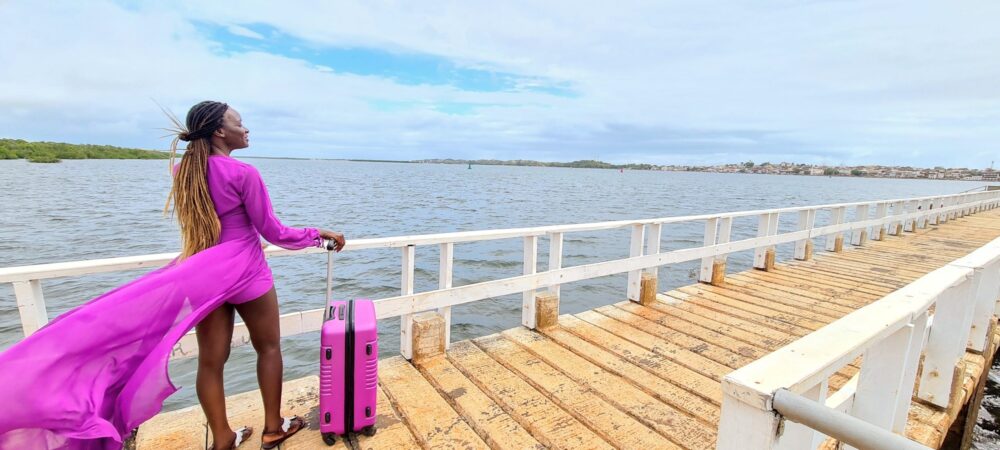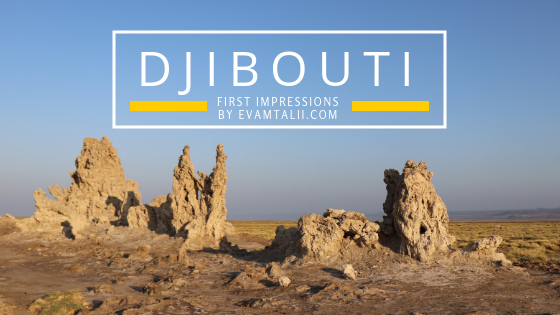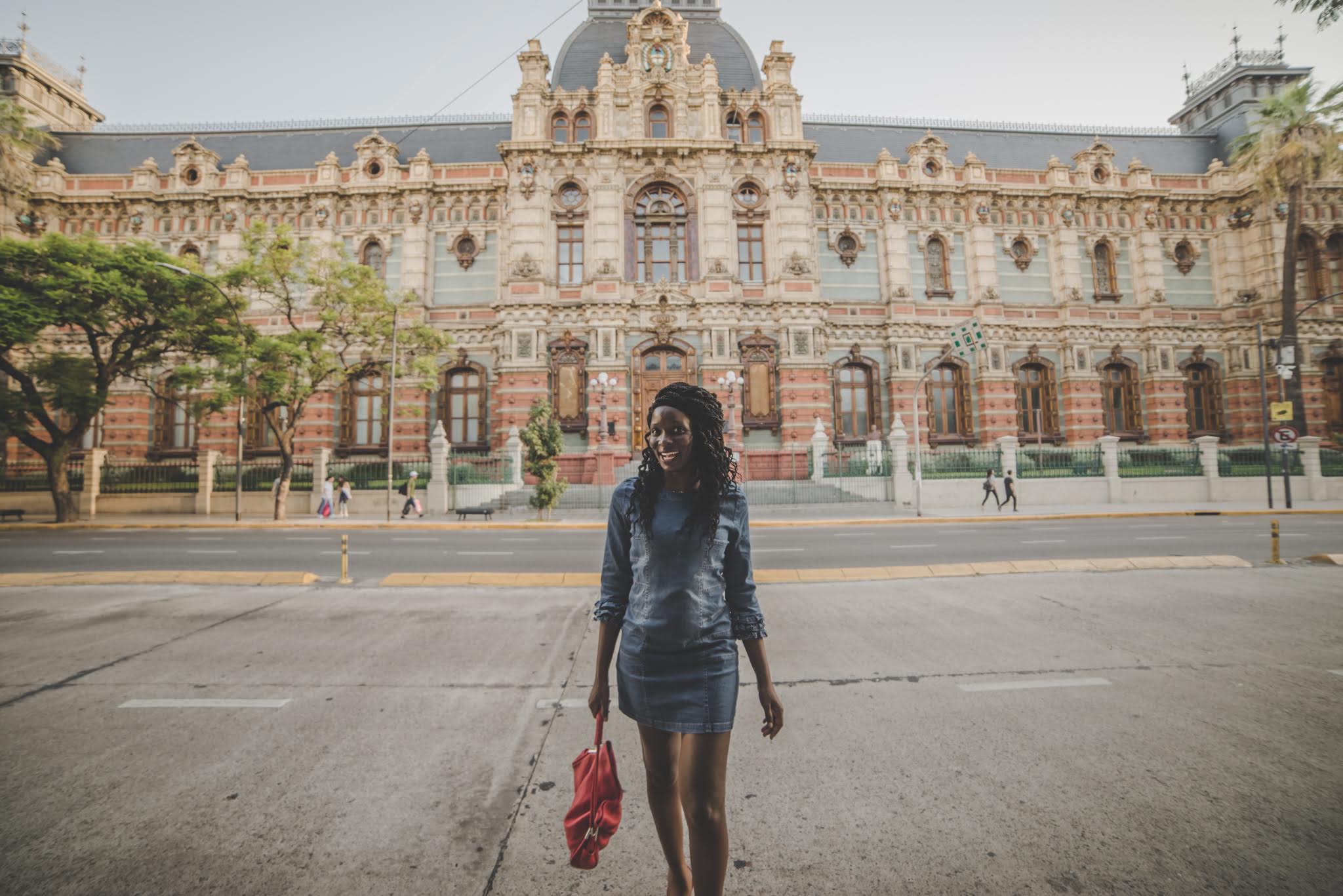
Lonely Planet listed Djibouti as one of the top 10 places to visit in 2018, so when I figured that the year was coming to an end and I hadn’t been, I chose to rush there before the crowds discover it.
I prefer visiting countries when they are still unscathed by tourist invasions. For a real authentic feel of the destination.
As I planned my last – minute trip to Djibouti, I wasn’t sure whether I was making the best decision and if visiting Djibouti would be worth it.
For one, up to 3 days to my planned trip, I didn’t have my Djibouti visa.
And while I was certain Djibouti would be stunning, I didn’t know whether a 4 day and 3 night trip to Djibouti would justify the substantial cost.
Djibouti is not a cheap destination by any standard!
This I learned before I even left home.
From the tours, to accommodation options in Djibouti, everything here is damn expensive.
In the end, I decided to follow my gut. So I bought an air ticket, processed my Djibouti visa in 48 hours, and quite appropriately I might add, it was one of the best rushed impromptu decisions I ever made in my life!
By the end of this post, you should have a good idea of where Djibouti lies on the world atlas; if it’s a country or a city (hint: it’s both); and what some top must see must do things in Djibouti are.
Need help planning your adventure trip to Djibouti? Hire me as your Travel Coach!

So where the hell is Djibouti?

Djibouti is a crescent-moon-shaped country in the Horn of Africa of slightly less that a million people, sandwiched between Eritrea, Ethipia, Somalia, and the Gulf of Tadjoura (junction between the mouth of the Red sea and the extreme western end of the Gulf of Aden).
A former Arab colony, and most recently a French colony, Djibouti got its independence in 1977.
Now you know.
First Impressions
Before landing in Djibouti city, my mind’s eye had this image of what a largely Muslim country in the Horn of Africa is supposed to look like:
Expansive arid desert land that is featureless and barren of life; an abundance of sand as rough as glass paper and enough to cover the whole of Africa.
Women sweat sodden by the heat, dressed in black full-body garments that only expose their eyes, and men whose mere looming presence seems to be the omen of dark intent as their dark sharp eyes stare at any newcomer with suspicion and hate.
But my short visit here painted a totally different picture of Djibouti city, the capital in this tiny African country of the same name.
Quite the opposite in fact.
A modern-looking city center is slowly emerging especially opposite the former port and is a far cry from the city I had in my head.
Despite these developments, there still exists a palpable French and Arabic colonial legacy reminiscent of country’s colonial past; fused with a mix of neighboring Somali, Ethiopian and Yemeni influences – as the language, buildings, and cuisine soon revealed.
I sure did feel the Parisian vibe right here at the Horn of Africa.
In addition to the Somali and Afar languages, Arabic and French are widely spoken throughout Djibouti.

A non-ending stream of “bonjours” and “salaam aleikums” greeted me as I wandered amid the perfectly ordered avenues and boulevards of the City’s European quarter and along the crumbling facades with endless layers of peeling paint, just begging for a little bit of love.
Behind them was Place du 27 Juin 1977, a large square of old whitewashed colonial buildings and Moorish architecture with incredible beauty and character.
Other parts of the city had Mediterranean style buildings complete with green trees in their yards giving an Arabian feel to this city that peacefully co-exists with the Gallic-inspired scene.
As if frozen in time, Djibouti’s old square has an almost morbid charm.
Though obviously not as colorful, it felt like a journey back in time to the Cuba I visited in 2012 before the lifting of US economic sanctions.
It also reminded me of Kenya’s coastal towns such as Mombasa and Malindi – minus the black hijabs albeit.
Together with Ethiopia, Somalia and Yemen, Djibouti’s cuisine is heavily influenced by the French.
For instance, fresh baguettes were a common delicacy served at every meal.

Moving further along to the so-called African quarter (I wander why) towards the South of the city, the vibe changed significantly.
Nothing like the mathematical layout and earthworks characteristic of the European quarter.
Here, narrow winding streets, as complex as the heart, crisscross each other with stalls and shops standing cheek by jowl.
The African quarter is a literal melting pot of traditions.
Somali, Yemeni, and Ethiopian vibes are evident in both the restaurant scenes as well as the open air markets.

Surrounded by major water bodies such as the Indian Ocean and Gulf of Aden, every part of Djibouti city is in close proximity to a public beach.
And the waters are warm throughout the year.
As pertains dress code, I found the Djiboutians to be very religious and socially tolerant.
In my opinion, very rare for a predominantly Muslim country.
The women of Djibouti I encountered dressed in long colorful diaphanous voile traditional gear, with some sporting head gears while others didn’t.
The men, (most with bulging cheeks, specks of green on their teeth and bloodshot eyes as a result of chewing of khat/qat), on the other hand were mostly dressed in western style clothes such as and a t-shirt and jeans pants or the traditional Djibouti macawiss – a long garment wrapped around the waist.
Rickety wooden tables at qat stands covered with colorful umbrellas are a common phenomenon along Djibouti’s sidewalks.

In terms of security, I felt really safe as a solo female traveling in Djibouti.
Perhaps its got something to do with how small the country is – everyone probably knows everyone else.
Or may be its due the heavy presence of military muscle from Germany, Italy, Spain, France, Japan and most recently China, that have made Djibouti their military base.
And NGOs.
It is very hot in Djibouti and temperatures can easily rise to 50°C.
Its like they only have two seasons here, summer and summer.
I pretty much dressed the way I want and no one dared bother me – except for a couple cat calls here and there.
We have them here in Kenya too 🙁
I spent all my days in Djibouti in sleeveless attire and never at any point did I feel harassed as a solo female.
I just ensured that a decent portion of my legs were covered and I was good to go.

My most prized impression was an opportunity to experience the raw Djibouti culture, which until recently, has remain untouched by tourism.
There weren’t that many tourists while I was visiting.
But now that the country is slowly opening up, it is only a matter of time before things change.
So, If Djibouti is on your bucket list, this is the time to go before it is far from overrun by tourists.
The outskirts of Djibouti city especially, were epitome of a country this side of Africa with a nomadic cultural presence.
The tedium of these parched landscapes are difficult to explain.
The extent of it bakes your brain, your only visual relief being a thorny acacia tree, a pastoralists with his/her herd of animals, or the sporadic traditional villages.
As far as the eye could see, the scotching cancerous sun roasted and sautéed everything beneath it with the same intensity.

Djibouti indeed has earned itself some very pertinent bragging rights to its name.
Travel Tips for Djibouti
Accommodation in DjiboutiCheck out Booking.com and Airbnb for the best room rates as Djibouti is a rather expensive destination. I personally use either of these two booking sites for all of my stays and therefore highly recommend them. Search for your Accommodation in Djibouti Here
How to get thereKenya airways has direct flights from Nairobi’s Jomo Kenyatta International Airport to Djibouti.
Remember your travel insurance!
“You don’t buy life insurance because you are going to die, but because those you love are going to live.”
Did you like this article? Pin it for later!




